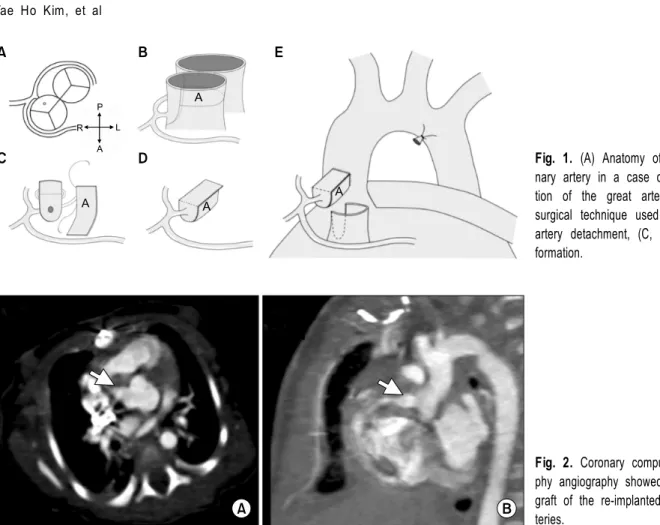ISSN: 2233-601X (Print) ISSN: 2093-6516 (Online)
− 529 −
Department of Thoracic and Cardiovascular Surgery, Samsung Medical Center, Sungkyunkwan University School of Medicine Received: June 3, 2014, Revised: August 19, 2014, Accepted: September 3, 2014, Published online: December 5, 2014
Corresponding author: Tae-Gook Jun, Department of Thoracic and Cardiovascular Surgery, Samsung Medical Center, Sungkyunkwan University School of Medicine, 81 Irwon-ro, Gangnam-gu, Seoul 135-710, Korea
(Tel) 82-2-3410-3484 (Fax) 82-2-3410-0489 (E-mail) tg.jun@samsung.com
C
The Korean Society for Thoracic and Cardiovascular Surgery. 2014. All right reserved.
CC
